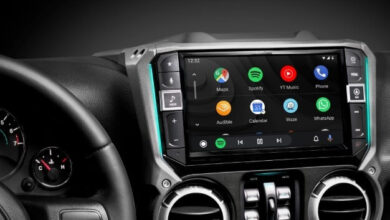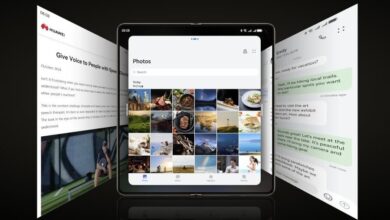10-Step Guide to Create a Perfect Explainer Video

In a digital world overflowing with content, explainer videos have become one of the most effective ways to grab attention, simplify complex ideas, and convert viewers into customers. Whether you’re promoting a product, introducing a service, or educating your audience, a well-crafted explainer video can boost your brand’s visibility and trust.
Table of Contents
Here’s a step-by-step guide to help you create the perfect explainer video:
Step 1: Define Your Goal
Before diving into the creative process, ask yourself: What is the main goal of this video?
Is it to drive sign-ups? Increase product understanding? Generate leads? Defining a clear objective from the start ensures that every part of your video — from script to visuals — serves a purpose.
Step 2: Know Your Target Audience
Understanding who you’re talking to is just as important as knowing what you’re talking about. Are your viewers tech-savvy professionals, casual consumers, or students? Tailor your tone, vocabulary, and style based on your audience’s preferences, challenges, and level of understanding.
Step 3: Craft a Clear, Compelling Script
The script is the backbone of your explainer video. A great script is concise, conversational, and emotionally engaging. Here’s a basic structure to follow:
- Hook (0–10 seconds): Grab attention with a relatable problem or bold statement.
- Problem & Solution (10–30 seconds): Explain the issue and introduce your product or idea.
- How It Works (30–60 seconds): Break down the process into simple steps.
- Call to Action (60–90 seconds): Tell viewers what to do next (e.g., “Sign up,” “Learn more,” “Download now”).
Keep the total script under 150–160 words for a 1-minute video — less is more.
Step 4: Choose the Right Animation Style
Explainer videos come in various styles — whiteboard, 2D animation, motion graphics, live-action, or screencast. Choose the one that aligns with your brand and message. For example:
- Whiteboard: Great for educational or conceptual topics.
- 2D animation: Ideal for storytelling and product overviews.
- Screencast: Best for software tutorials.
Consistency in visual style, colors, and typography helps strengthen brand recognition.
Step 5: Storyboard the Visuals
Storyboarding allows you to plan each scene visually before you start animating or recording. It helps you identify weak points in pacing or flow early on.
You don’t need to be an artist — simple sketches or using online storyboard tools are enough to communicate the idea. Label each scene with corresponding lines from your script and note any motion or transition.
Step 6: Use a Professional Voiceover (or AI Voice)
A professional-sounding voiceover can elevate the perceived quality of your video. Choose a tone that fits your brand — friendly, authoritative, or enthusiastic. Alternatively, high-quality AI voice generators now offer realistic voices and are more budget-friendly.
Remember: pace matters. Avoid fast-talking or overly robotic delivery. A comfortable pace is about 120–150 words per minute.
Step 7: Add Background Music and Sound Effects
Music sets the mood and enhances emotional engagement. Choose royalty-free music that complements your tone — upbeat for promotions, mellow for education, etc. Light sound effects (like swooshes or clicks) can make animations feel more natural and professional.
Just be careful not to overpower your voiceover with music — always lower the background volume when someone is speaking.
Step 8: Design Engaging Visuals
Visuals should enhance understanding, not overwhelm. Use on-brand colors, simple icons, and smooth transitions. Avoid excessive text — your visuals should support your voiceover, not repeat it word-for-word.
Tools make this process easier for beginners and marketers alike by offering drag-and-drop templates, stock assets, and AI-powered editing features to streamline explainer video creation.
Step 9: Keep It Short and Focused
The ideal explainer video is 60–90 seconds long. If it’s longer than 2 minutes, you risk losing attention. Stay focused on one main idea per video. If you need to cover multiple topics, consider creating a video series instead.
Shorter videos are also more shareable and perform better on social media.
Step 10: Test, Optimize, and Promote
Once your video is ready, test it with a small audience first. Gather feedback on clarity, length, and appeal. Then optimize as needed — tweak visuals, trim the script, or change the call to action.
Finally, don’t just upload it and forget it. Promote it:
- Embed it on your landing page
- Share it on social platforms
- Use it in email campaigns
- Include it in sales presentations
Explainer videos are most powerful when integrated into a broader marketing strategy.
See Also: What Happens to a Neutralizer During Long-Term Highway Driving at High RPMs
Final Thoughts
Creating an effective explainer video is both an art and a science. With the right tools and a strategic approach, even non-professionals can produce impactful videos that educate and convert.
Remember: clarity, brevity, and relatability are key. Focus on your viewer’s needs, and your explainer video will do more than just explain — it will engage, convert, and inspire.



